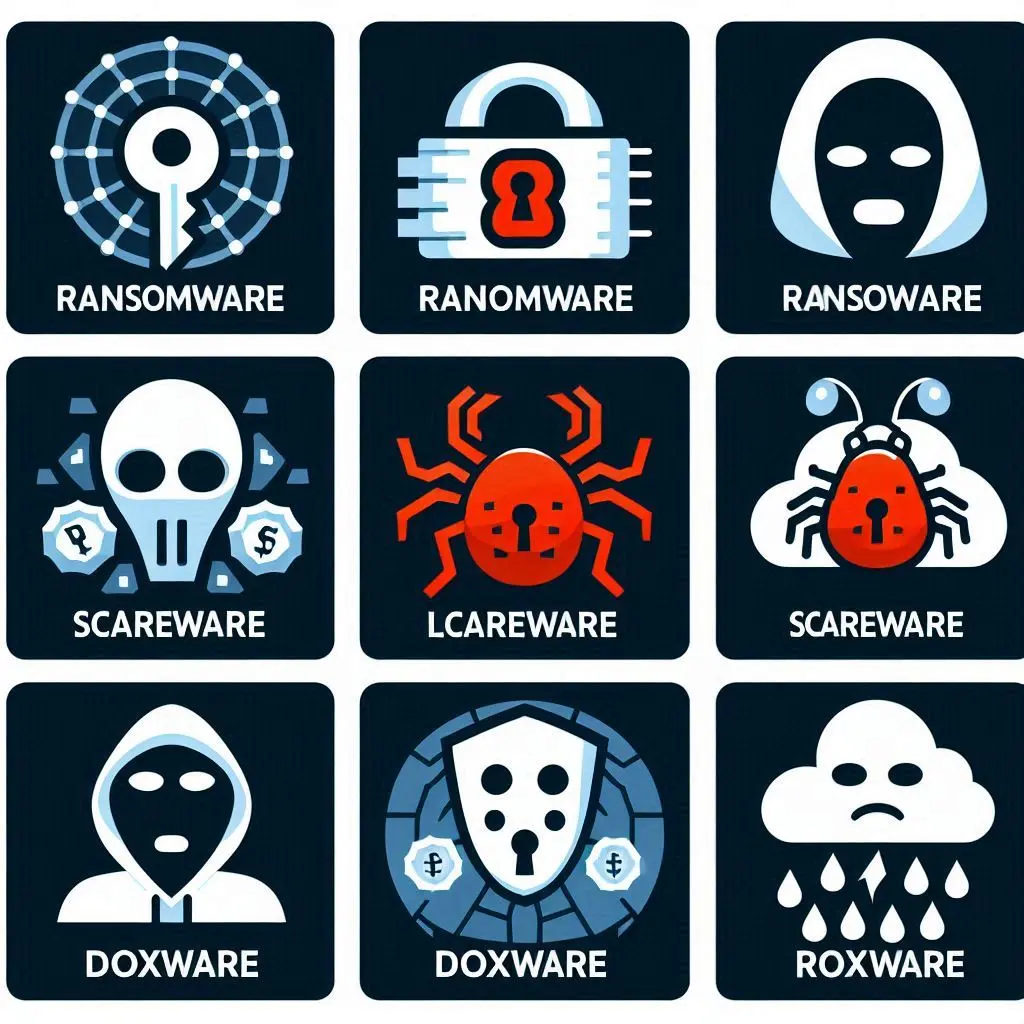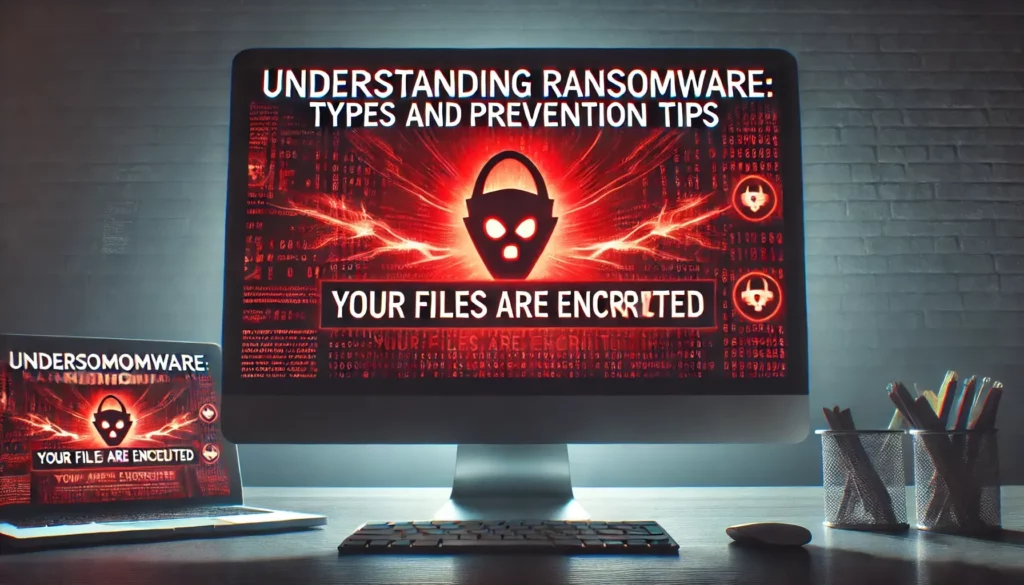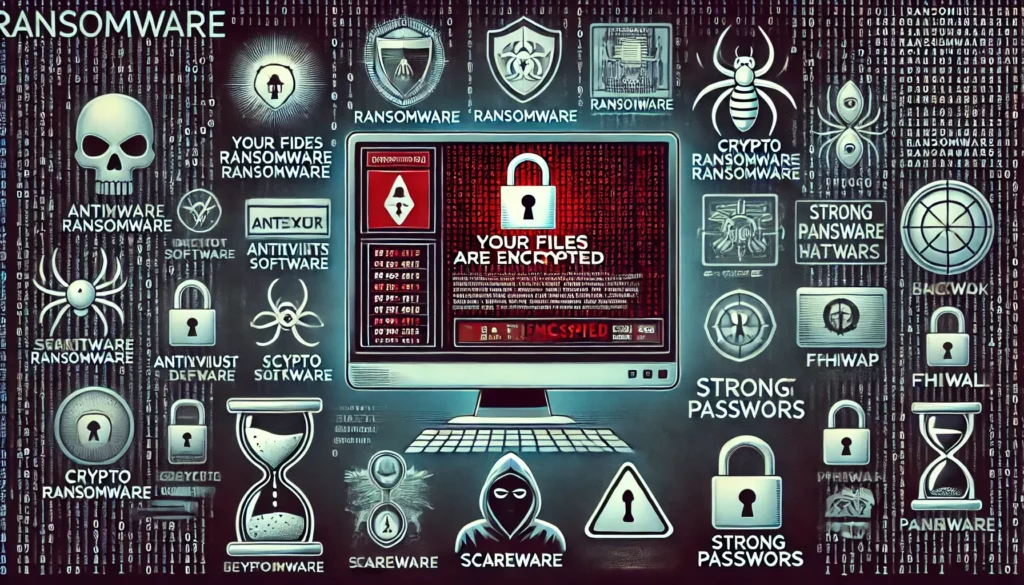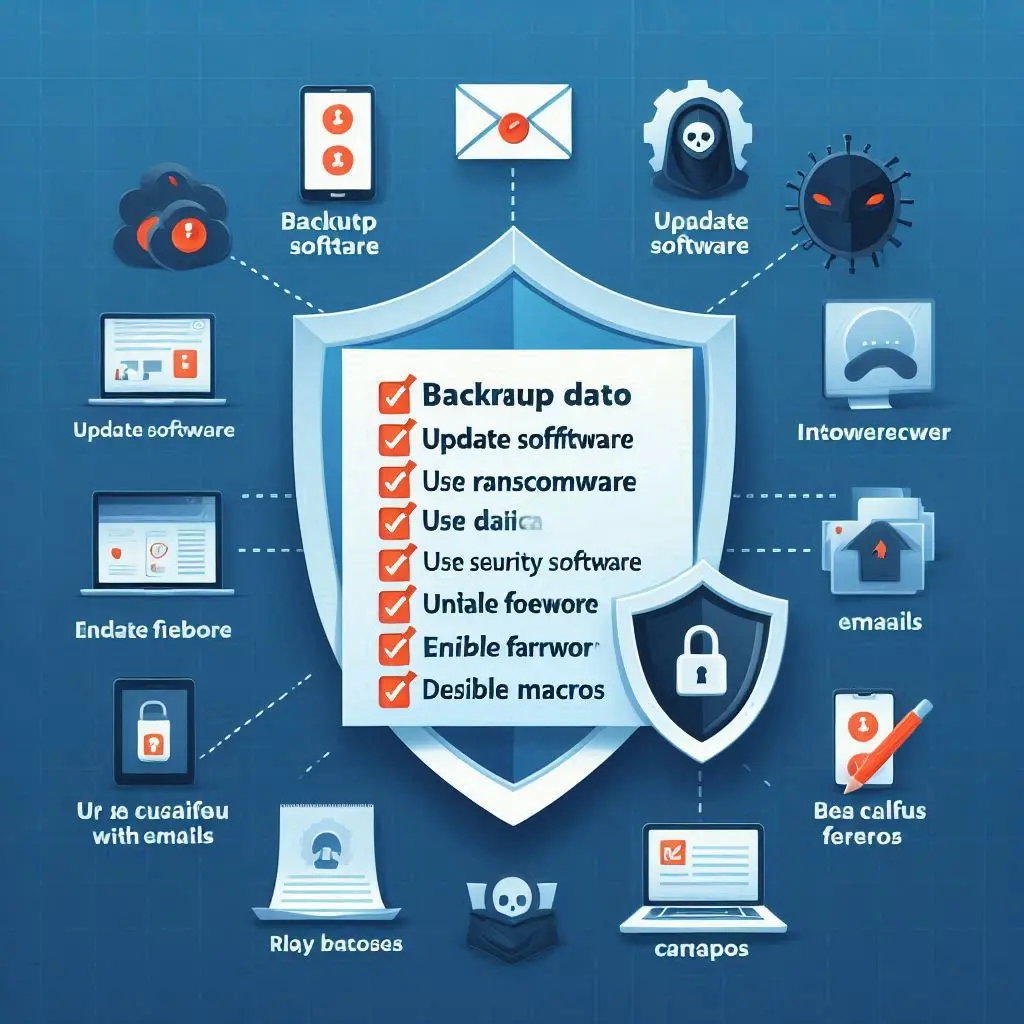
Ransomware is a type of malware that encrypts a victim’s files before the attacker demands a ransom from the victim to restore access to the data upon payment. Users are typically shown instructions for how to pay the ransom. The costs can range from a few hundred to thousands of dollars, payable to cybercriminals in Bitcoin. Be proactive and don’t pay the fine!


Crypto Ransomware: Crypto ransomware encrypts valuable files on a computer so that the user cannot access them. The attackers demand a ransom to provide a decryption key.
Locker Ransomware: Locker ransomware locks the victim out of their device entirely. I will be impossible to access any files or applications. It does not encrypt files. It locks the screen.
Scareware: Scareware includes fake software that claims to have detected a virus or other issue on your computer and demands payment to fix the problem.
Doxware (Leakware): Doxware threatens to publish the victim’s personal data online unless a ransom is paid.
Ransomware-as-a-Service (RaaS): RaaS is a type of ransomware that can be rented by other cybercriminals, who then split the profits with the ransomware developers.


Disconnect from the Network – Immediately disconnect the infected device from the internet and any shared networks to prevent the ransomware from spreading.
Report the Attack – Report the ransomware attack to local authorities and, if applicable, any relevant regulatory bodies.
Do Not Pay the Ransom – Paying the ransom does not guarantee that you will get your data back. It also encourages cybercriminals to continue their activities.
Restore from Backup – If you have backups, restore your system to a point before the ransomware infection occurred.
Seek Professional Help – Consult cybersecurity professionals who can help you remove the ransomware and recover your data safely.
Don’t Pay the Fine – Sometimes you may need to pay the fine, but usually you can avoid doing so.
Ransomware attacks are becoming more sophisticated and widespread. As technology evolves, so do the tactics of cybercriminals. Here are some future trends to be aware of:

Targeted Attacks
Ransomware attackers are increasingly targeting specific industries and organizations where they believe the ransom payment is more likely.
Ransomware on Mobile Devices
With the growing use of smartphones and tablets, ransomware is now targeting mobile devices as well.
Double Extortion
In addition to encrypting data, some attackers now exfiltrate data before encrypting it, threatening to publish or sell the stolen information if the ransom is not paid. Double extortion means they are going to try to charge you double-be proactive so you don’t pay the fine!
Ransomware is a serious threat that can have devastating effects on individuals and organizations alike. Understanding the different types of ransomware and implementing robust prevention strategies can significantly reduce the risk of falling victim to these attacks. By staying informed and proactive, you can protect your data and maintain your online safety.